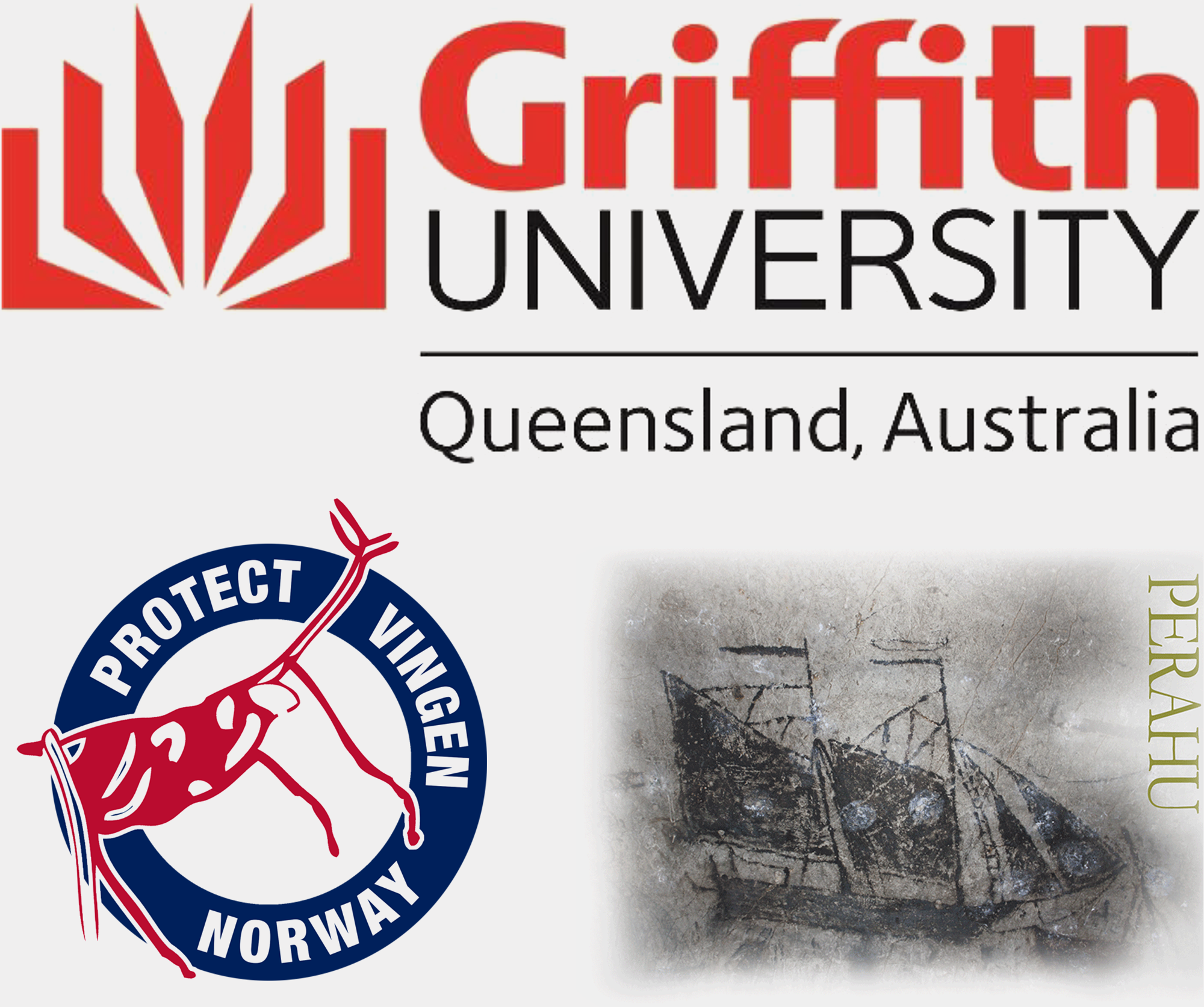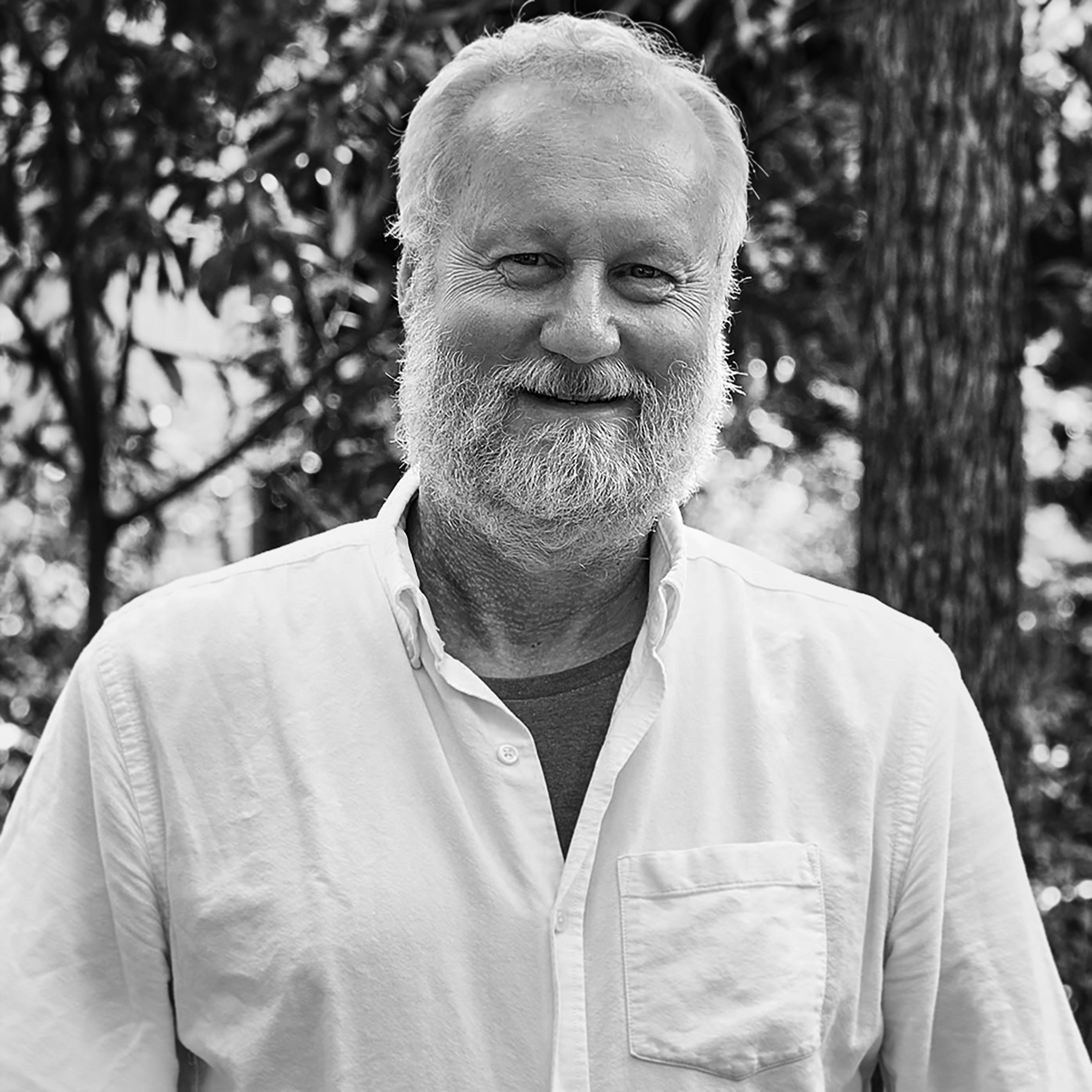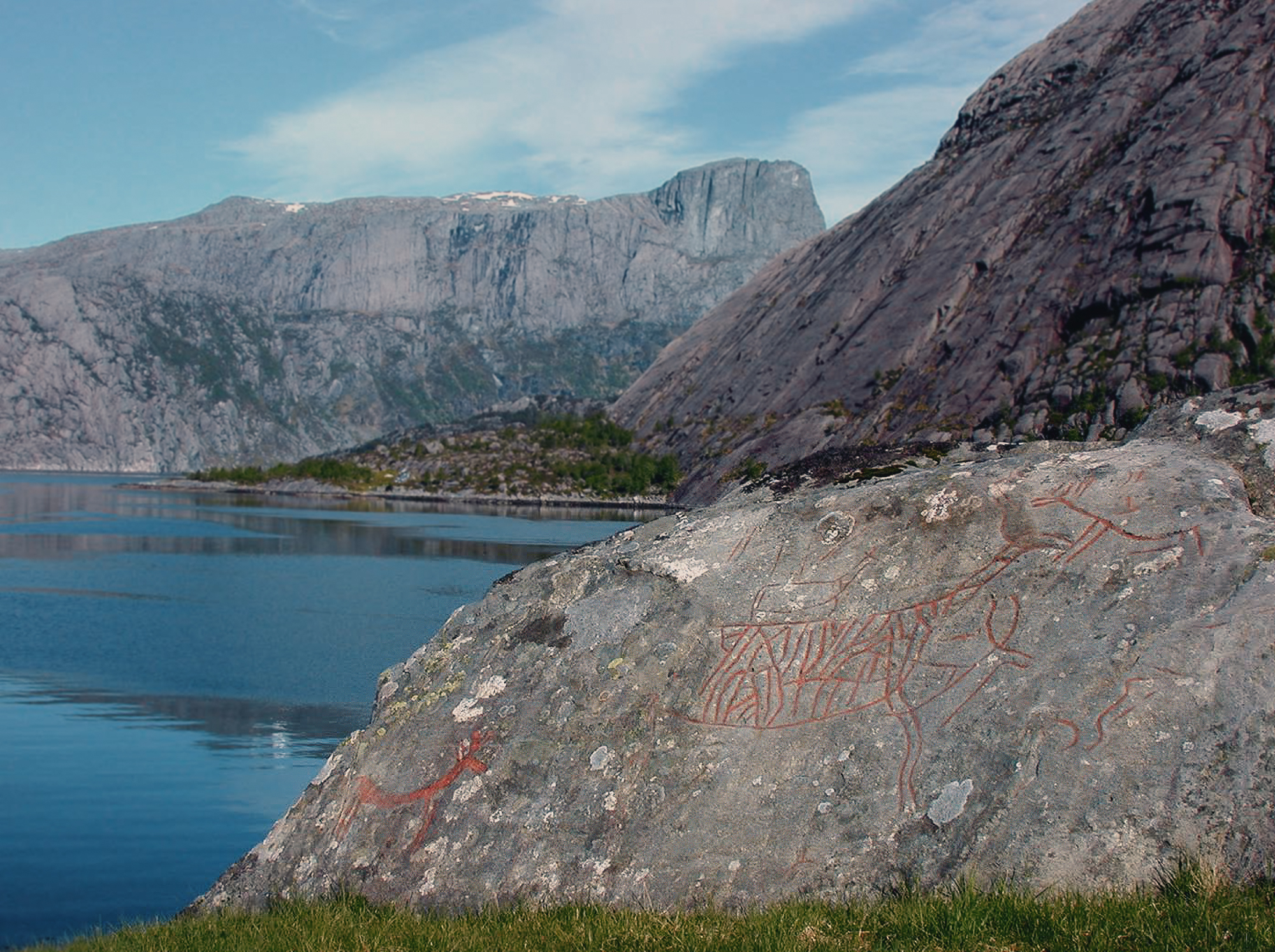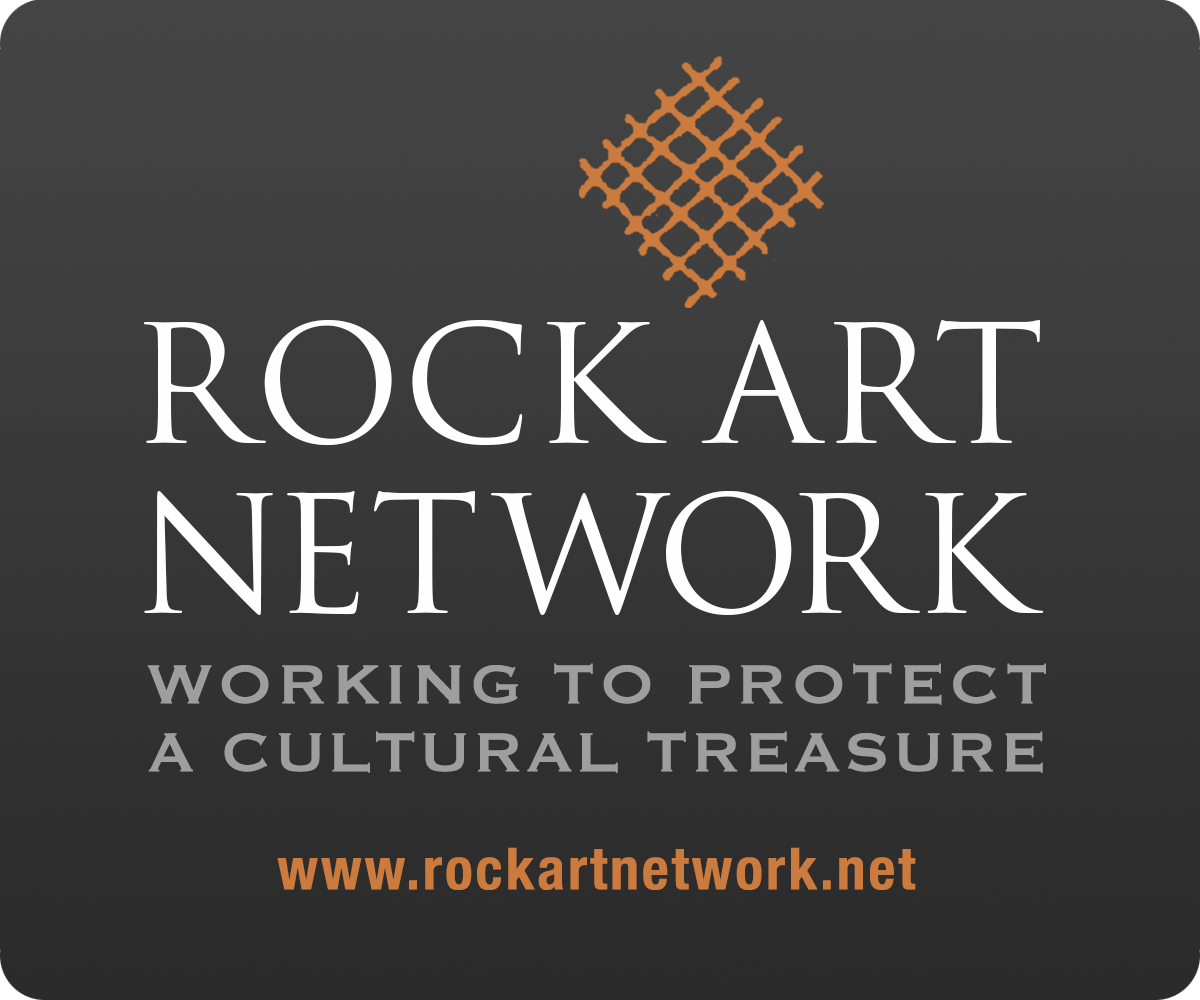


To whom it may concern
Dear Sir or Madam;
I write to express my great disappointment that the outstanding rock art site of Vingen and its surrounding landscape is under threat from the Aksla quarry and Inste Bårdvikneset quay developments that recently were given the green light to proceed. Vingen is of World Heritage value and one of the largest and best ancient petroglyph sites in Europe. Vingen’s rock art imagery is diverse, numerous and unique and the site is one of the jewels in the crown of Norway’s rock art heritage. But Vingen’s surrounding natural landscape is also very important as it is integral to Vingen’s context and one of the reasons ancient peoples marked the area with rock art thousands of years ago. Worldwide, rock art sites do not sit in isolation. Rather, they are integral parts of landscapes with both cultural and natural values.
I have been studying rock art for 44 years in many parts of the globe and until now had always been impressed with the way Norway cared for and conserved its rock art landscapes, especially Vingen and Alta. Norway has also been known for the sensitive and caring way it conserves natural landscapes so it is deeply disturbing that the Aksla quarry and Inste Bårdvikneset quay developments were approved. If the developments do proceed not only will Vingen and the Vingen landscape never be the same but so too will Norway’s reputation as a country that values its cultural and natural heritage. Indeed, the irreparable impact from the developments for short-term economic gain is both short-sighted and miserly. I am not opposed to such developments outright but am strongly against such developments proceeding in sensitive cultural and natural heritage areas of global importance.
If the developments must proceed I urge you to help find another location. If they are allowed to proceed around Vingen the pristine natural views from the site will be destroyed and replaced with a visually disfigured landscape. Dust contamination will both visually obscure and hasten deterioration of the petroglyphs as the dust will provide a medium for lichens and other biota to thrive. Noise and light contamination will impact on visitor experiences and reduce tourism because a fully immersive and authentic natural and cultural heritage experience will no longer be available.
Besides being Chair in Rock Art Research at Griffith University, Queensland, Australia, and a former Australian Research Council Laureate Fellow (2016-2022) for rock art conservation, I also direct Griffith University’s Place, Evolution and Rock Art Heritage Unit (PERAHU). As well, I am a founding member of the international Rock Art Network that promotes awareness about the importance of rock art landscapes and the need to develop new ways to conserve them for future generations. I also helped develop the Rock Art Network mission statement:
Rock art is artistically compelling and full of meaning. This fragile and irreplaceable visual heritage has worldwide significance. If we neglect, destroy, or disrespect rock art we devalue our future.
© Trond Lødøen
The last sentence of the statement is very pertinent for Vingen, Norway and the world given the Aksla quarry and Inste Bårdvikneset quay development plans: ‘If we neglect, destroy, or disrespect rock art we devalue our future.’
Please help stop the Aksla quarry and Inste Bårdvikneset quay developments near Vingen. If they are absolutely necessary from an economic viewpoint then please find another location that will not impact priceless and precious heritage. The heritage legacy your ancestors passed down to present Norway needs to be protected so that it can be passed on to future generations intact and so that future generations know that their rock art and associated natural heritage was not neglected by the present government.
Yours sincerely,
Distinguished Professor Paul S.C. Taçon
Former ARC Australian Laureate Fellow (2016-2022) and Chair in Rock Art Research
Place, Evolution and Rock Art Heritage Unit (PERAHU), Griffith Centre for Social and Cultural Research & School of Humanities, Languages and Social Science, Gold Coast campus, Griffith University, QLD 4222
→ Vingen Rock Art In Norway - Index
→ Film: Vingen Rock Art in Norway
→ Paul Taçon - Griffith University letter
→ Norway's Vingen Rock Art Petroglyphs at Risk
→ ICOMOS Statement on Vingen
→ Knowing when to back down: The plight of the Vingen rock art site, western Norway
→ Norway preserves world heritage abroad but not in Norway?
→ Vingen - A Century of Rock Art Research & Cultural Heritage
→ History of Vingen Rock Art in Norway
→ Valuing Cultural Heritage
→ Norway's Confusing Messages
→ Members and affiliated institutions of the Rock Art Network
→ Film: Vingen Rock Art in Norway
by Bradshaw Foundation
20/02/2024 Vingen Recent Articles
NORWAY
→ Knowing when to back down: The plight of the Vingen rock art site, western Norway
by George Nash
4/03/2024
→ Norway preserves world heritage abroad but not in Norway?
by Bradshaw Foundation
20/02/2024
→ Valuing Cultural Heritage
by Ben Dickiins
20/02/2024
→ Norway's Confusing Messages
by Peter Robinson
20/02/2024
→ Paul Taçon - Griffith University letter regarding the Aksla quarry and Inste Bårdvikneset quay developments in Norway
by Paul Taçon
13/02/2024
→ Norway's Vingen Rock Art Petroglyphs at Risk
by Rock Art Network
13/02/2024
→ Professor Benjamin Smith President, ICOMOS International Scientific Committee on Rock Art calls for an immediate review of the decision to allow a rock quarry and a shipping quay to be built at one of the most significant rock art sites in Europe: Vingen.
by Rock Art Network
8/02/2024
→ Vingen - A Century of Rock Art Research & Cultural Heritage
by Trond Lødøen / Ben Dickins
6/02/2024
→ History of Vingen Rock Art in Norway
by Trond Lødøen
1/01/2018

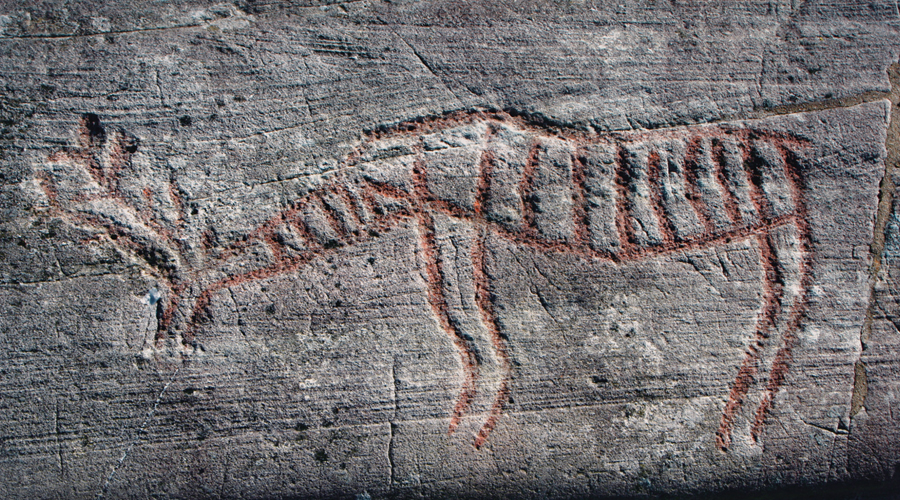
→ Knowing when to back down: The plight of the Vingen rock art site, western Norway
by George Nash
4/03/2024
→ Norway preserves world heritage abroad but not in Norway?
by Bradshaw Foundation
20/02/2024
→ Valuing Cultural Heritage
by Ben Dickiins
20/02/2024
→ Norway's Confusing Messages
by Peter Robinson
20/02/2024
→ Paul Taçon - Griffith University letter regarding the Aksla quarry and Inste Bårdvikneset quay developments in Norway
by Paul Taçon
13/02/2024
→ Norway's Vingen Rock Art Petroglyphs at Risk
by Rock Art Network
13/02/2024
→ Professor Benjamin Smith President, ICOMOS International Scientific Committee on Rock Art calls for an immediate review of the decision to allow a rock quarry and a shipping quay to be built at one of the most significant rock art sites in Europe: Vingen.
by Rock Art Network
8/02/2024
→ Vingen - A Century of Rock Art Research & Cultural Heritage
by Trond Lødøen / Ben Dickins
6/02/2024
→ History of Vingen Rock Art in Norway
by Trond Lødøen
1/01/2018
Friend of the Foundation


→ Knowing when to back down: The plight of the Vingen rock art site, western Norway
by George Nash
4/03/2024
→ Norway preserves world heritage abroad but not in Norway?
by Bradshaw Foundation
20/02/2024
→ Valuing Cultural Heritage
by Ben Dickiins
20/02/2024
→ Norway's Confusing Messages
by Peter Robinson
20/02/2024
→ Paul Taçon - Griffith University letter regarding the Aksla quarry and Inste Bårdvikneset quay developments in Norway
by Paul Taçon
13/02/2024
→ Norway's Vingen Rock Art Petroglyphs at Risk
by Rock Art Network
13/02/2024
→ Professor Benjamin Smith President, ICOMOS International Scientific Committee on Rock Art calls for an immediate review of the decision to allow a rock quarry and a shipping quay to be built at one of the most significant rock art sites in Europe: Vingen.
by Rock Art Network
8/02/2024
→ Vingen - A Century of Rock Art Research & Cultural Heritage
by Trond Lødøen / Ben Dickins
6/02/2024
→ History of Vingen Rock Art in Norway
by Trond Lødøen
1/01/2018
Friend of the Foundation

